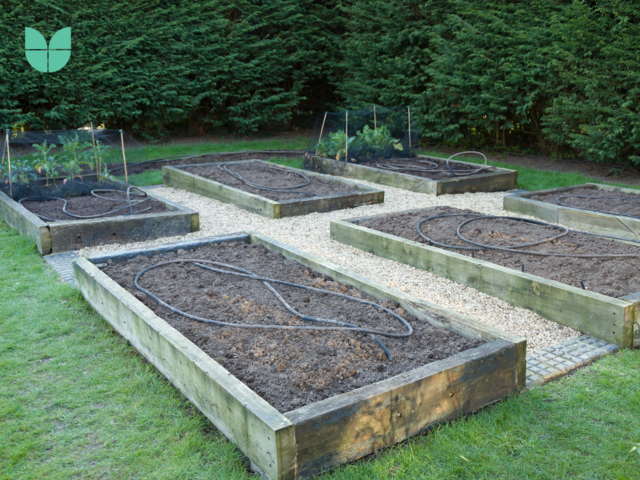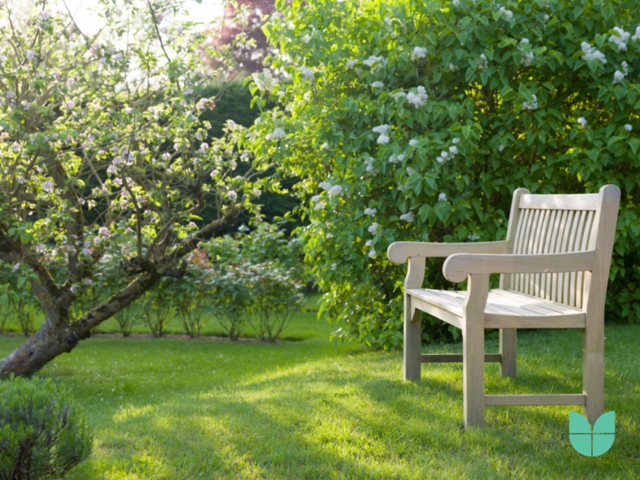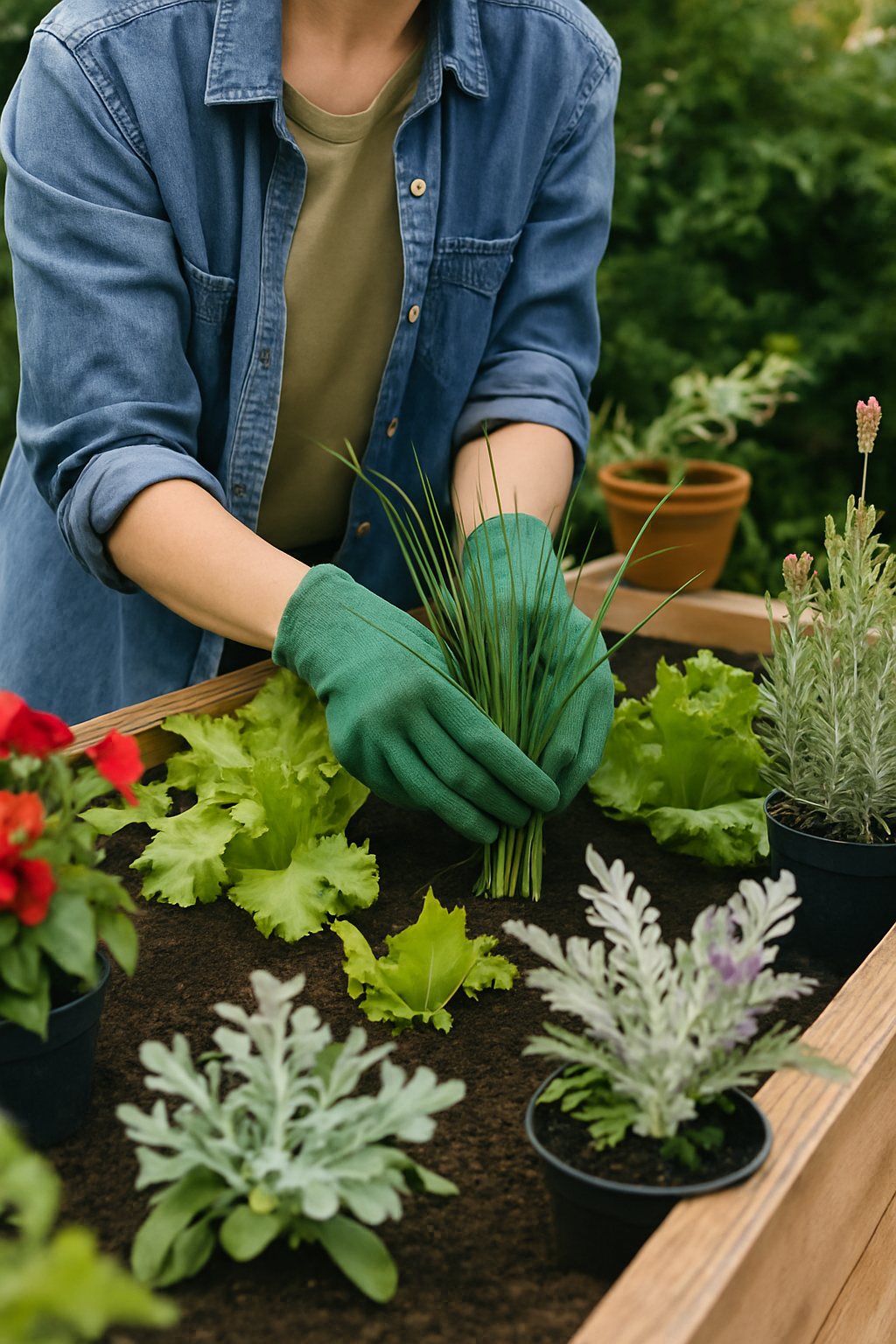Winter can be a challenging time for gardens with cold temperatures, shorter days, and harsh weather conditions taking their toll on plants. However, with a little effort and some careful planning, you can keep your garden looking beautiful and healthy even during the colder months. Here are a few tips to help you maintain your garden during the winter season:

How to Maintain Your Garden in Winter
-
Clean up debris: As the growing season comes to an end, be sure to remove any dead plants or leaves from your garden beds. This helps to prevent pests and diseases from overwintering and makes your garden look tidier and more organized. Cleaning up debris also helps to reduce the risk of diseases spreading to healthy plants.
-
Protect tender plants: If you have tender plants that are not winter hardy, such as citrus trees or succulents, be sure to protect them from frost. You can cover them with blankets or plastic, or bring them indoors if necessary. Be sure to remove the protective covering during the day when temperatures are above freezing to allow the plants to absorb some sunlight.
- Water wisely: Although many plants go dormant in the winter, they still need a consistent supply of water to stay healthy. Be sure to water your plants as needed, but avoid overwatering to prevent root rot. It's important to check the soil moisture regularly, as dry soil can be just as harmful to plants as overwatered soil. If you're not sure whether your plants need watering, stick your finger about an inch into the soil. If it feels dry, it's time to water.
- Mulch heavily: Adding a thick layer of mulch, such as wood chips or straw, can help to insulate your soil and protect your plants from extreme temperature fluctuations. It also helps to suppress weeds and retain moisture in the soil. Be sure to apply mulch around the base of your plants, taking care not to pile it up against the stems or trunk, as this can cause rot.
- Prune as needed: Winter is a good time to prune deciduous trees and shrubs while they are dormant. Remove any dead, diseased, or damaged branches, and trim back overgrown plants to shape them and encourage new growth in the spring. Be sure to use clean, sharp pruning tools to avoid damaging the plants.
- Keep an eye out for pests: Pests such as aphids, mites, and rodents may try to take shelter in your garden over the winter months. Be on the lookout for signs of infestation and take steps to control pests if necessary. Try peppermint, neem or rosemary oil which acts as a natural insecticide. There are also traps or other control measures. Keep in mind that many beneficial insects, such as ladybugs and lacewings, can help to control pests naturally.
By following these tips, you can help ensure that your garden stays healthy and vibrant throughout the winter season. With a little effort, you can enjoy the beauty of your garden all year round. Don't be afraid to experiment and try new things, as gardening is a learning process. With time and practice, you'll become more confident in your ability to care for your garden, no matter what the season.

How to Prepare Your Garden for Spring
Spring is a time of renewal and growth in the garden and getting a head start on preparing for the season can pay off in the long run. Here are a few key things to consider when preparing your garden for spring:
- Layout and plant choices: Take some time to assess your garden and decide which areas you want to focus on for the coming season. Consider the amount of sunlight, soil type, and water availability when choosing plants. You may also want to think about incorporating a mix of annuals, perennials, herbs, and vegetables to add diversity to your garden.
- Spaces for composting, water collection, storage, and wildlife: Creating designated areas for these functions can help to keep your garden organized and efficient. Composting helps to reduce waste and provide a natural source of nutrients for your plants, while water collection and storage can help to conserve water and reduce your water bill. Providing spaces for wildlife, such as bird feeders and nesting boxes, can also help to attract beneficial insects and pollinators to your garden.
- Starting a diary: Keeping track of your garden tasks and plantings in a diary can help you stay on top of your gardening chores. Use it to record what you planted, when you fertilized, and any other important information. This will also be useful when ordering plants and seeds, as you can refer back to your diary to see what worked well in the past and what you might want to try again.
- Propagating perennials: If you didn't get a chance to do so in the autumn, late winter is also a good time to propagate perennials. This involves taking cuttings from existing plants and rooting them to create new plants. It's a cost-effective way to add more plants to your garden, and it's also a fun and rewarding project to undertake.
By taking these steps, you can get a head start on preparing your garden for spring and set the stage for a season of growth and beauty.
If you're looking to take your gardening skills to the next level, consider enrolling in one of our garden design courses. Our experienced tutors will provide you with the knowledge and tools you need to create a beautiful, functional, and sustainable garden that reflects your unique style and vision.
Whether you're a beginner or an experienced gardener, our courses offer something for everyone. Plus, with the skills and knowledge you'll gain from our courses, you'll be well-equipped to take on any gardening challenge that comes your way.
So why wait? Enroll in one of our garden design courses today and start turning your gardening dreams into reality.

